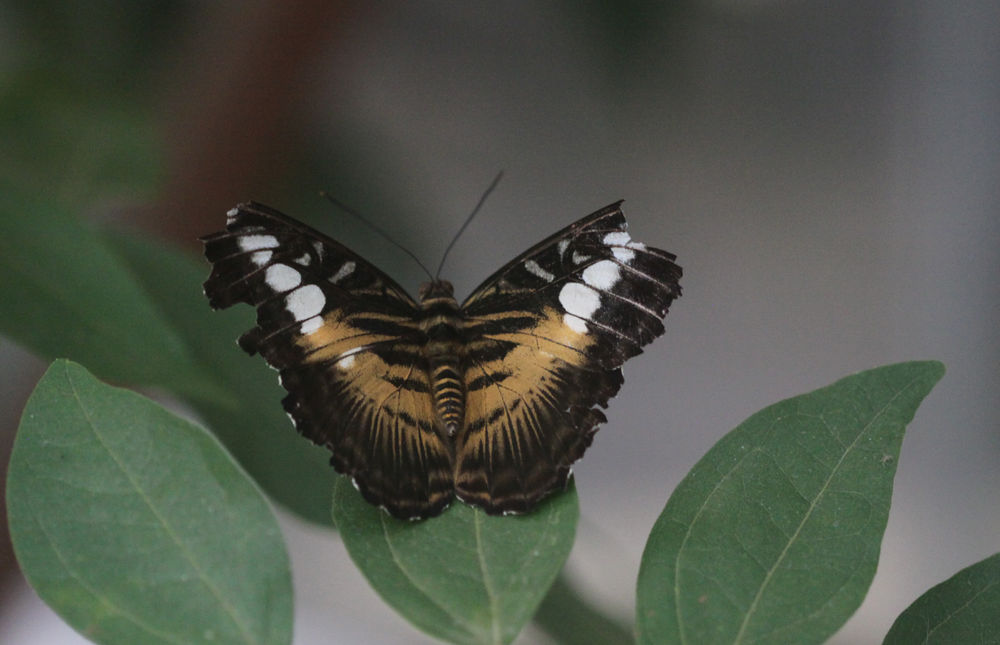top of page
The Clipper butterfly can be found in a variety of different colors such as blue, green, brown and gold.
Each of these different color forms is considered to be a subspecie of Parthenos sylvia.
(The current understanding is that a single population was separated by the formation of mountains and islands, which allowed the different colors to evolve in a particular area.)
There are multiple generations each year making it possible to find adults throughout the year with the highest populations found from December through February.
Clippers are found primarily in rain forests, near rivers. They are typically found at elevations from sea level to 300 meters.
* There are thought to be 26 sub - species of Clipper butterflies in existence.
The primary colors may change from blue to green, etc., but the white patches on the wings remain the same in each sub - species.


Avg. Wingspan: 100 - 108 mm / 3 - 4.2 "
Diet: caterpillars feed on the young leaves of the Adenia plant.
Diet: adults feed on the nectar of the Adenia plant.
Kingdom: Animalia, Phylum: Arthropoda
Class: Insecta, Order: Lepidoptera
* Being Brush-footed butterflies, Clippers have a short pair of fore legs that are used to taste food, and two pairs of longer rear legs that are used for propulsion.
The single biggest threat to butterfly survival is habitat destruction!!
bottom of page




